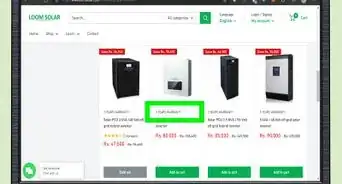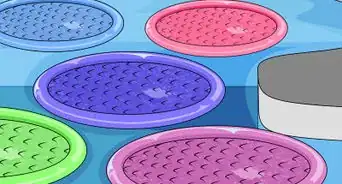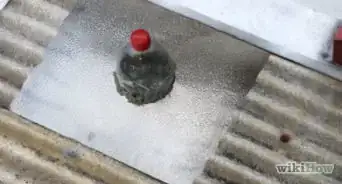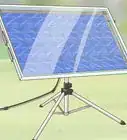This article was co-authored by wikiHow Staff. Our trained team of editors and researchers validate articles for accuracy and comprehensiveness. wikiHow's Content Management Team carefully monitors the work from our editorial staff to ensure that each article is backed by trusted research and meets our high quality standards.
There are 11 references cited in this article, which can be found at the bottom of the page.
This article has been viewed 36,724 times.
Learn more...
Solar panels use silicone or coated glass cells to capture sunlight and generate electricity. If you want to make a basic solar cell, all you’ll need is a few household items, titanium dioxide, and conductive glass. In just a few hours, you can create a small, basic solar cell that generates a modest current! While making a simple titanium dioxide solar cell is great for classroom or science fair projects, it's not the most functional device. If you want a working solar panel, your best bet is to build one using store-bought cells.
Steps
Making a DIY Titanium Dioxide Solar Cell
-
1Mix titanium dioxide powder with alcohol and dish soap to form a paste. Combine 0.5 grams of nanopowder with enough alcohol to create a mixture that’s about as thick as toothpaste. Use a high-proof spirit, such as 40-proof or higher vodka or grain alcohol. Then mix in a drop of clear dish soap, which will help the paste adhere to your conductive glass.[1]
- High-proof alcohol is needed to crystallize the titanium dioxide so it can absorb solar energy. Sunlight excites electrons in the crystallized titanium, which generates electricity.
- You can purchase titanium dioxide nanopowder online; 0.5 grams is enough to create several solar cells.
Variation: Use 10 to 12 mini or 6 full-size white powdered doughnuts to make your own titanium dioxide. Scrape off the powder, stir it into a glass of warm water, then pour the water through a coffee filter. Transfer the residue left in the filter to an oven-safe pan, then purify it in a 500 °F (260 °C) oven for 2 hours.[2]
-
2Apply an even layer of titanium paste onto a square of conductive glass. Apply transparent tape, such as packaging tape, over the perimeter of a 10 by 10 cm (3.9 by 3.9 in) square of conductive glass. The tape should run about 3 mm (0.12 in) from the edge on each side. Apply the titanium paste with an eye dropper, then use a microscope slide or blunt knife to spread it into a thin, uniform layer. The thin layer should be roughly flush with the tape.[3]
- The tape keeps the glass still and helps you control the amount of titanium paste you spread over the surface.
- Conductive glass is required because it conducts electricity. Find conductive glass squares, such as tin oxide glass, online. Be sure to apply the titanium paste to the conductive side of the square.
- If you’re not sure which side is conductive, measure each side’s resistance with a multimeter. The conductive side should have a reading of 20 to 30 ohms.[4]
Advertisement -
3Heat the glass on a hot plate for 10 to 20 minutes. Carefully remove the tape after coating the glass. Place the square on a hot plate set to high, and cook it until the coating browns then turns white again, or for 10 to 20 minutes. When it’s white again, turn off the burner and allow the square to cool for at least 20 to 30 minutes.[5]
- Watch the coating as it cooks, as it’ll look about the same at the beginning and end of the cooking process. The browning stage burns off the alcohol and dish soap, leaving behind a pure, dry layer of titanium dioxide.
- If you don’t have a hot plate, you could also heat the square on the burner of an electric stove.
-
4Soak the cooled glass in strong hibiscus tea for 2 to 3 hours. Once the square is cool to the touch, immerse it in a strong hibiscus or raspberry tea to dye it. To prepare a strong tea, steep 2 teabags in 1 cup (240 mL) of hot water. After 2 to 3 hours, the titanium dioxide coating should be deep purple.[6]
- You can also soak the square in thawed, blended frozen raspberries for 2 to 3 hours. After dyeing the coating, rinse any away raspberry solids with alcohol or distilled water.
- Dyeing the coating enables it to absorb visible light. If you leave it white, it'll only absorb ultraviolet (UV) light and won't generate a current.[7]
-
5Color the center of a second glass square with a graphite pencil. To create a counter-electrode, cover the conductive side of a second 10 by 10 cm (3.9 by 3.9 in) glass square with graphite. An ordinary pencil will do the trick. Color the center of the square, and leave a 2 to 3 mm (0.079 to 0.118 in) perimeter around the edges.[8]
- You can also hold the center of the square’s conductive side over a candle until soot forms. Repeatedly pass it over the flame, then wipe off any soot around the edges with a clean, dry cotton swab.[9]
- The cell won’t generate a current without the graphite or soot counter-electrode.
-
6Cover the sides of the titanium square with tape. Tape about 3 mm (0.12 in) around the edges of the square with the titanium coating. Use transparent tape, and be sure there are no wrinkles.[10]
- The tape will serve as a spacer between the 2 glass squares. Fold the tape around the square’s edges instead of taping it down on your work surface.
-
7Add a drop of electrolyte solution to the center of the titanium square. Mix 1 part high-proof alcohol with 3 parts Lugol’s solution. You only need a tiny amount of solution per cell, so you don't need to mix that much. Use an eyedropper to apply 1 to 2 drops of the solution over the side of the square with the titanium coating.[11]
- Look for Lugol’s solution online, at health stores, and at aquarium suppliers.
- The alcohol and Lugol's solution create an electrolyte that carries and transfers the electrical charge generated by the titanium dioxide.[12]
-
8Sandwich the 2 glass squares and secure them with binder clips. After applying the electrolyte solution, quickly place the second square graphite-side-down over the one with the coating. Press them together, then secure them with 2 binder clips.[13]
- If any excess electrolyte solution seeps through the sides, wipe it away with a clean cloth. The solution can corrode a multimeter's sensors.
-
9Place the cell in sunlight and check its charge with a multimeter. You should now have a functioning solar cell! Set the cell in sunlight, then use alligator clips to connect a multimeter’s sensors to both flat, square sides (front and back) of the cell. You should find your cell generates a modest electrical current.[14]
- Building a small, DIY solar cell is a great way to improve your understanding of how solar technology works. However, if you want a functional solar panel, your best option is to create one using store-bought solar cells.
Assembling Store-Bought Micro Cells
-
1Purchase wired micro polycrystalline solar cells for the easiest option. You can purchase both wired and unwired micro solar cells through major online marketplaces and laboratory suppliers. If you invest in wired cells, you’ll have less soldering to do and the project will be easier. The downside is they can be at least 50 times more expensive than unwired cells.[15]
- For instance, wired 60 mm × 60 mm (2.4 in × 2.4 in) micro cells generally cost around $5 (US) per cell, while you can find unwired cells of the same size for 25 to 50 cents.
- If you want a less expensive option and don’t mind soldering wires onto the cells yourself, go with unwired micro cells.
-
2Cut backing for individual cells out of a thin plastic board. Carefully measure a square in a 2 to 3 mm (0.079 to 0.118 in) thick plastic board with a height and width about 1 mm (0.039 in) larger than your solar cells. Then cut out the backing using a strong craft knife.[16]
- You can find 2 to 3 mm (0.079 to 0.118 in) plastic sheets online and at home improvement and craft stores.
- Cut out as many plastic squares as the number of cells you’ll be using, which depends on the power you want to produce. To make a simple solar charger, for instance, you’ll need a 6-volt 110 mm × 80 mm (4.3 in × 3.1 in) cell or a pair of 3-volt 60 mm × 60 mm (2.4 in × 2.4 in) micro cells.
-
3Grease and solder cells together to create a circuit. If you’re using unwired cells, first grease the areas around the metal contacts with a flux pen. Then melt a tiny dab of solder onto one of the cell’s metal contacts, heat the end of a strand of tabbing wire, and bond the wire to the contact.[17]
- If you’re wiring multiple unwired or pre-wired cells, link them together with 2 tabbing wires. For instance, 2 wires connect the first cell’s contacts to the second cell, then another pair of wires link the second cell to the third.
Variation: If you’re just using 1 solar cell, solder insulated electrical wire to the metal contacts. Then you can run the wires directly to a charge controller.[18]
-
4Attach the cell to the plastic cutout with silicone-based super glue. Apply a small dab of super glue to 2 opposite corners on the back of a cell. Then press it into the plastic backing, gently squeeze them together, and make sure the surfaces are flush with no space between them.[19]
- Allow the super glue to cure for 24 hours, or according to your product’s instructions.
-
5Paint the cell evenly with 2-part epoxy, then let it cure for 24 hours. Be sure to use an epoxy that cures in 24 hours instead of a fast-drying product. Mix the 2-part epoxy in a small, clean container according to the product’s instructions. Then use a dowel or clean brush to apply a uniform 1 mm (0.039 in) layer over the solar cell and the plastic backing.[20]
- If you’ve connected multiple cells, paint the cells individually if you want to make a portable, foldable solar panel. Otherwise, you can place the cells on a plastic or glass backing and paint the entire flat assembly with epoxy.
-
6Connect the panel to a charge controller and a rechargeable battery. After letting the epoxy cure for 24 hours, the solar panel is ready to use. First, clamp a charge controller's positive and negative output wires to the corresponding terminals on a 12-volt rechargeable battery. Next, connect the positive wire leading from the solar cell to the negative port on the charge controller, then connect the negative wire from the cell to the charge controller's positive port.[21]
- Store-bought solar cells have positive and negative wires or contacts. Check your product’s label to determine which contact or wire is which, or use a multimeter to determine a terminal's charge.
- Typically, you'll insert the wires from the solar panel into cylindrical ports on the charge controller, then tighten them using a screwdriver.
- As for the connection to the battery, some charge controllers' output wires have built-in clamps that attach to battery terminals. For others, the ends of the wires are twisted around the terminal posts or have ring connectors that fit over the posts.
- The charge controller manages the current to the battery and prevents electricity from running back to the solar panel when the battery isn’t charging.
Warnings
- Be careful when working with craft blades, soldering irons, and other hazardous tools.⧼thumbs_response⧽
- If you’re not experienced with building electrical circuits, it’s best to avoid powering phones and electronic devices with DIY solar technology. Faulty wiring could pose a fire risk or damage your device.⧼thumbs_response⧽
Things You’ll Need
DIY Titanium Dioxide Solar Cell
- 0.5 grams titanium dioxide nanopowder (or powdered doughnuts)
- High-proof vodka or grain alcohol
- Clear dish soap
- Conductive glass
- Transparent tape
- Eyedropper
- Microscope slide or blunt knife
- Hot plate (or electric stove oven element)
- Graphite pencil
- Lugol’s solution
- Binder clips
- Multimeter
Assembling Store-Bought Micro Cells
- Polycrystalline micro solar cell
- 2 to 3 mm (0.079 to 0.118 in) thick plastic board
- Utility knife
- Ruler
- Soldering iron (optional)
- Grease
- Tabbing or insulated wire
- Super glue
- 2-part epoxy
- Charge controller
- Rechargeable battery
References
- ↑ https://education.mrsec.wisc.edu/titanium-dioxide-raspberry-solar-cell/
- ↑ https://www.wired.co.uk/article/how-to-make-your-own-solar-cell
- ↑ https://www.wired.co.uk/article/how-to-make-your-own-solar-cell
- ↑ https://education.mrsec.wisc.edu/titanium-dioxide-raspberry-solar-cell/
- ↑ https://education.mrsec.wisc.edu/titanium-dioxide-raspberry-solar-cell/
- ↑ https://www.youtube.com/watch?v=bVwzJEhMmD8&feature=youtu.be&t=175
- ↑ https://www.wired.co.uk/article/how-to-make-your-own-solar-cell
- ↑ https://www.wired.co.uk/article/how-to-make-your-own-solar-cell
- ↑ https://education.mrsec.wisc.edu/titanium-dioxide-raspberry-solar-cell/
- ↑ https://www.wired.co.uk/article/how-to-make-your-own-solar-cell
- ↑ https://www.youtube.com/watch?v=bVwzJEhMmD8&feature=youtu.be&t=232
- ↑ https://aip.scitation.org/doi/full/10.1063/1.5000564
- ↑ https://education.mrsec.wisc.edu/titanium-dioxide-raspberry-solar-cell/
- ↑ https://education.mrsec.wisc.edu/titanium-dioxide-raspberry-solar-cell/
- ↑ https://www.youtube.com/watch?v=oyp98eYoaS4&feature=youtu.be&t=34
- ↑ https://www.youtube.com/watch?v=oyp98eYoaS4&feature=youtu.be&t=86
- ↑ https://www.motherearthnews.com/renewable-energy/how-to-build-your-own-solar-panel-system-zbcz1702
- ↑ https://www.youtube.com/watch?v=oyp98eYoaS4&feature=youtu.be&t=245
- ↑ https://www.youtube.com/watch?v=oyp98eYoaS4&feature=youtu.be&t=350
- ↑ https://www.youtube.com/watch?v=oyp98eYoaS4&feature=youtu.be&t=495
- ↑ https://www.motherearthnews.com/renewable-energy/how-to-build-your-own-solar-panel-system-zbcz1702
About This Article
To make a small solar panel using store-bought micro cells, you’ll need thin plastic sheets for backing, a flux pen, super glue, 2-part epoxy, and a charge controller with a rechargeable battery. To start, cut the plastic sheets into squares the size of your solar panel cells. Then, grease and solder your cells together to create a circuit. Once your cells are put together, attach the panel to the plastic backing with silicone-based super glue. After the glue has fully dried, paint your panel with 2-part epoxy and let it cure for 24 hours. Finally, set up your solar panel by connecting the wires of the solar panel to the charge controller. For more advice, like how to make your own solar cells, read on!
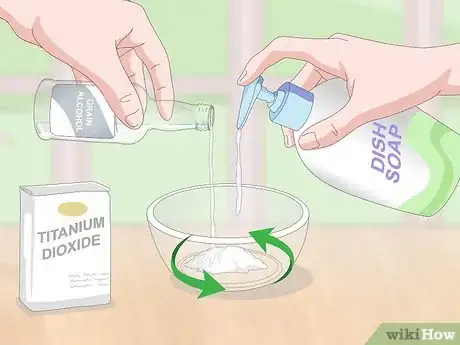
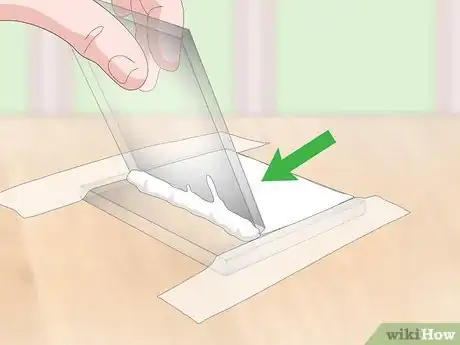
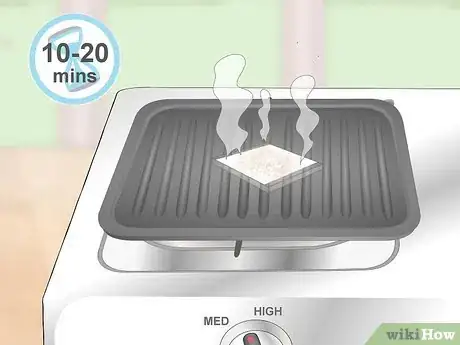
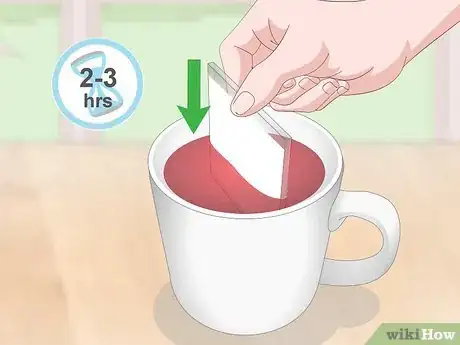

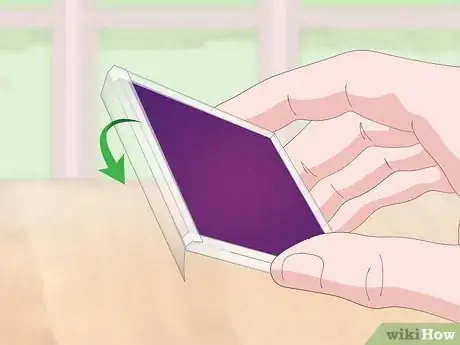





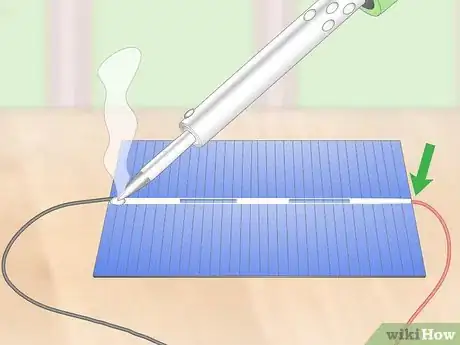

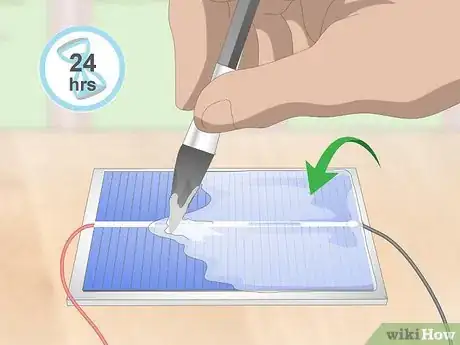
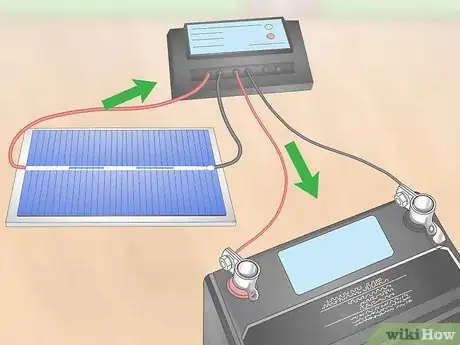
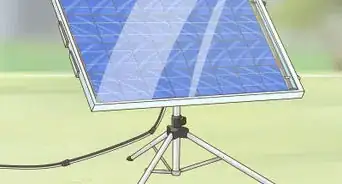

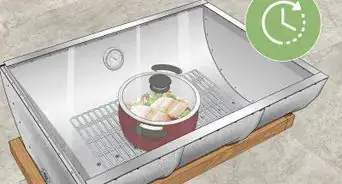
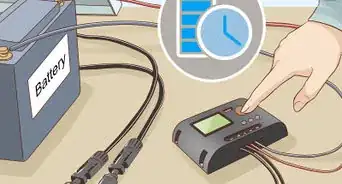
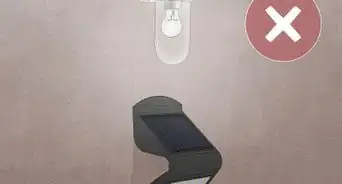


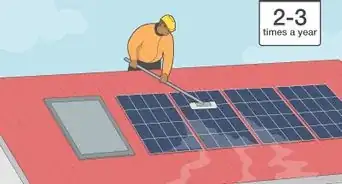
-Step-12-Version-2.webp)
-Power-Generator-Step-11-Version-2.webp)
